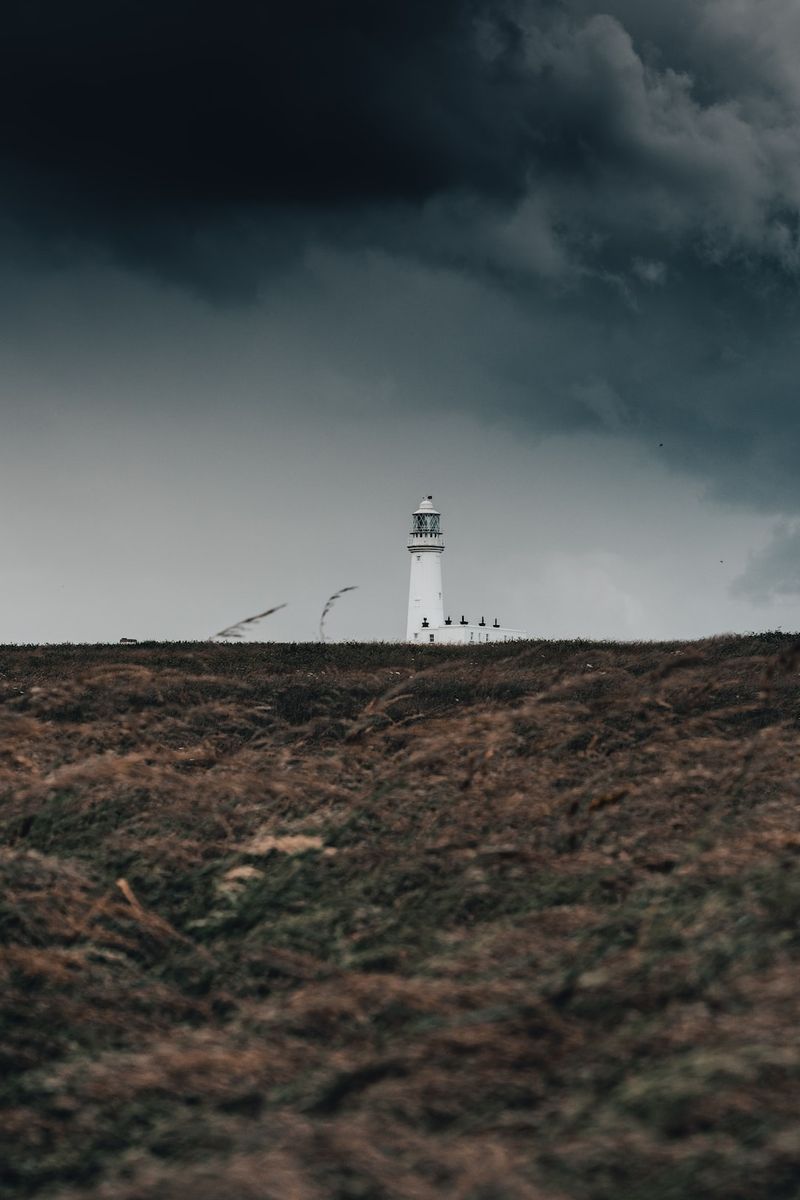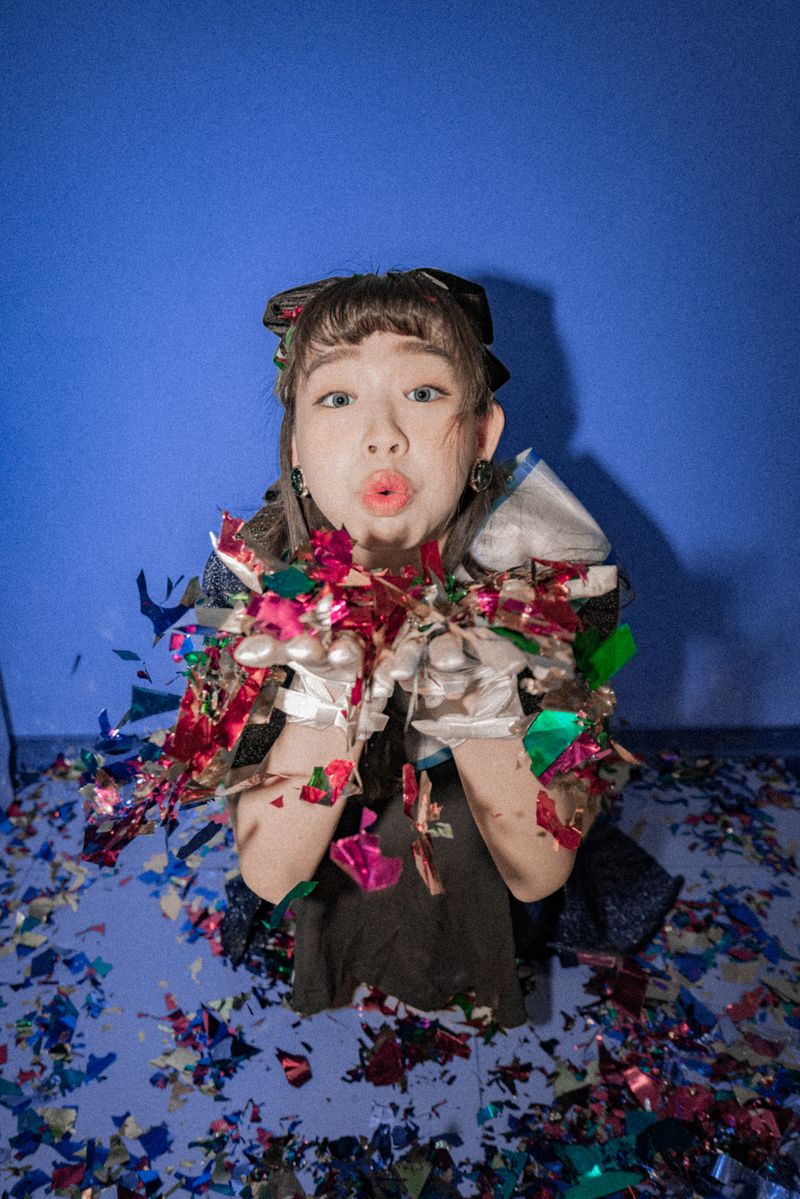Rosco’s Virtual Production Technology Revolutionizing Filmmaking
Introduction
Rosco, a leading provider of film and television production technology, has announced the deployment of its cutting-edge RDX LAB System with Software by FuseFX on Max’s new original limited series, “Full Circle.” This marks the first ever production to utilize this innovative virtual production technology.
The RDX System, which was unveiled at the 2023 Cine Gear LA Expo, combines FuseFX’s VFX software with Rosco’s extensive digital content library. The system equips filmmakers with greater ease and efficiency when working with an LED volume, allowing them to manipulate background imagery instantly. With a simple-to-use app, cinematographers can change the environment from day to night, add rain or fog, and adjust other elements with the touch of a finger.
The Impact of the RDX System
The deployment of the RDX System on “Full Circle” has revolutionized the way filmmakers approach conceptualizing scenes and storytelling. Renowned Director and DoP Steven Soderbergh, known for his work on films such as “Traffic” and “Ocean’s Eleven,” commends the technology for expanding his creative horizons.
Soderbergh explains, “It’s changed the way that I think about conceptualizing scenes and story. That’s the way technology is supposed to work. It’s supposed to unleash your imagination as opposed to scaling down your ideas to what’s possible at that moment in time. I’m thinking about doing things now that I wouldn’t have thought about doing before. Now, we’re really in a space where you have the freedom to imagine things. My horizons have expanded just due to technology like this. I can move at the speed that I want to move and do things visually I’ve never been able to do before.”
The RDX System has also received enthusiastic praise from other members of the “Full Circle” crew. Derek Gross, the Gaffer on the series, describes the system as “seamless, interactive, and cost-effective.” The ability to bring in VFX on a separate layer has proven massively beneficial to all creatives on set and in the writer’s room, expanding the possibilities of what can be achieved.
Advantages of the RDX System
Aside from its creative enhancements, the RDX System offers numerous practical advantages. Its purpose-built infrastructure supports the display of backdrop images on a massive 180-foot flat LED wall, enabling the creation of virtual sets on an unprecedented scale. This eliminates the need for traditional set construction, saving both time and costs in pre-production. The system also streamlines post-production, enabling filmmakers to see the imagery in real time and reducing the reliance on green screens.
Lauren Proud, VP of Marketing & Digital Experience at Rosco, emphasizes the company’s commitment to empowering filmmakers. She states, “We strive to deliver products that empower filmmakers with the creative control to do their best work. The deployment of the RDX System on ‘Full Circle’ is the latest example of this.”
The Future of Virtual Production Technology
The successful implementation of the RDX System on “Full Circle” has opened a world of possibilities for virtual production technology. Rosco’s efforts to provide a more affordable and efficient option for utilizing LED volumes will undoubtedly inspire more creatives to leverage this groundbreaking technology.
As technology continues to advance, filmmakers will experience an increased freedom to imagine and execute their visions. The ability to manipulate background imagery and quickly make changes on set will allow filmmakers to further push the boundaries of storytelling and create visually stunning productions.
Editorial: Balancing Technological Advancements with Artistic Intention
The rise of virtual production technology, exemplified by the RDX System, provides filmmakers with incredible new tools and possibilities. However, it is crucial to maintain a balance between technological advancements and artistic intention.
As we embrace these advancements, it is important not to let technology overshadow the timeless elements that make film a medium of artistic expression. Technology should enhance, not overshadow, the creative vision and storytelling techniques that have been refined over centuries.
The introduction of virtual production technology must be approached with the understanding that it is a tool, not a replacement for the artistry and craftsmanship that go into making a film. While virtual sets and instant manipulation of background imagery offer exciting opportunities, they should be utilized thoughtfully and in service of the story being told.
Filmmakers and artists must remain vigilant in safeguarding the integrity of their craft, using technology as a means to elevate their visions rather than relying on it as a crutch. Striking a balance between technological innovation and artistic intention will ensure the continued growth and evolution of the medium, while preserving its soul.
Advice: Embracing the Possibilities, Maintaining the Essence
For filmmakers and creatives interested in exploring virtual production technology, the availability of tools like the RDX System offers an exciting opportunity to push the boundaries of visual storytelling. However, it is important to approach these tools with a clear understanding of their potential and limitations.
Here are a few key considerations to keep in mind:
1. Storytelling First: Remember that technology should always serve the story and not the other way around. While virtual production technology opens up new possibilities, it is crucial to maintain a strong narrative foundation and ensure that technological choices enhance the storytelling experience.
2. Collaborate and Experiment: Embrace the collaborative nature of filmmaking and work closely with the various departments involved. Experiment and push the limits of what can be achieved with virtual production technology, while constantly evaluating its impact on the creative process.
3. Balance Realism and Artistry: Virtual production technology offers possibilities for creating hyper-realistic environments. However, it is important to strike a balance between realism and artistic vision. Don’t lose sight of the power of imagination and artistic interpretation, even within a technologically advanced setting.
4. Preserve the Craft: While virtual production technology streamlines certain aspects of filmmaking, it is crucial to preserve traditional craftsmanship and artistic techniques. Maintain a reverence for the art of cinematography, production design, and other disciplines that contribute to the richness of the visual storytelling experience.
By approaching virtual production technology with a strategic and thoughtful mindset, filmmakers can fully harness its potential while preserving the essence of the craft. The evolution of filmmaking is an ongoing journey, and with each new technological advancement, it is essential to ensure that the heart of storytelling remains intact.

<< photo by Jonny Gios >>
The image is for illustrative purposes only and does not depict the actual situation.




